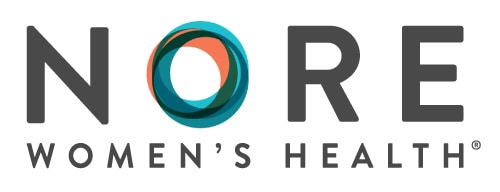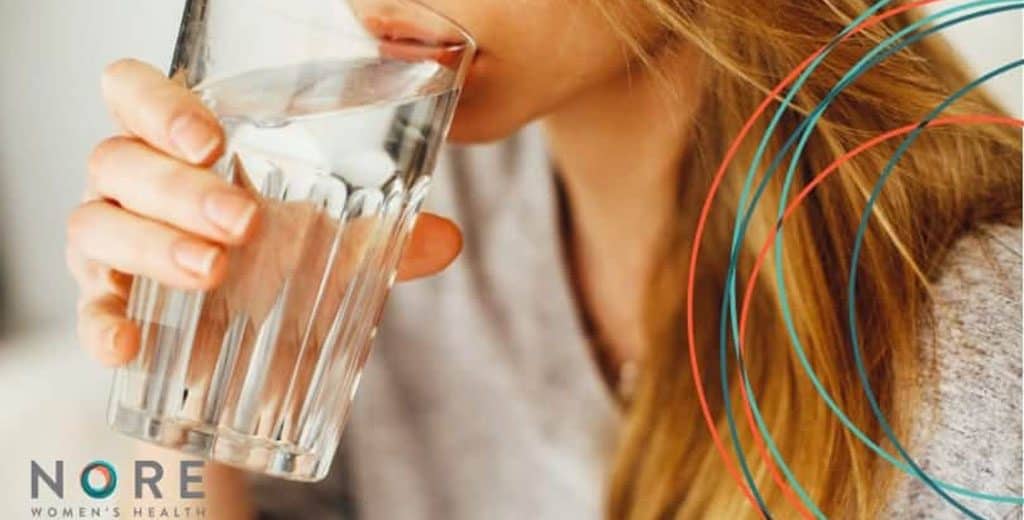Get the Facts, Get Diagnosed & Take Control of Your Bladder Health.
Each day, millions of women struggle with the impacts of bladder conditions and diseases such as urinary incontinence, overactive and underactive bladder, interstitial cystitis, urinary tract infections, and nocturia. These can impact an individual’s health, quality of life, and result in significant health costs. Most women are not talking to their healthcare provider about their bladder health symptoms because they are too embarrassed, or their healthcare provider does not bring it up during the appointment or annual exam. However, several bladder conditions can be treated through simple lifestyle changes, behavior modifications, or diet and exercise.
At Nore Women’s Health we work in collaboration with our patients to connect, educate and inspire women to get the facts, get diagnosed and take control of their Bladder Health.
What you already know:
We all use our bladders several times a day, and for most of us, we usually don’t think about it. However, for those with bladder control problems like urinary incontinence, using the bathroom can be upsetting. Bladder issues become more common as we age thanks to changes in the bladder tissue. The usual elastic tissue of this hollow organ may become less stretchy and tough with age, and the bladder walls and pelvic floor muscles may also become weaker. These changes can cause problems with bladder emptying and leaking urine.
What you may not know:
The bladder is a hollow, balloon-shaped organ, and is made mostly of muscle. On average, the bladder holds about 2 cups of urine (about 16 ounces). When the bladder is empty it looks like a deflated balloon. The shape of a bladder changes when it fills up. Urine is produced in the kidneys. It flows through tubes called ureters into the bladder. It’s normal to go to the bathroom 4 to 8 times a day and no more than twice a night. Women have shorter urethras than men. Women are more likely to get a bladder infection as bacteria from outside the body can get into the urinary system easier. The bladder muscle helps you urinate by squeezing to force the urine out.
What you NEED to know:
- Drink plenty of water. Strive to drink 6 to 8 cups of water each day.
- Cut down on the amount of caffeine and alcohol you drink – these may upset your bladder. Limit your intake of coffee, tea or cola as these can heighten bladder activity and lead to leakage.
- Women should sit to go to the toilet – they should not hover over the toilet seat. Take your time when on the toilet so that your bladder can empty – if you rush, and do not empty your bladder fully, over time, you could get a bladder infection.
- Stay away from foods that bother the bladder. Some foods can worsen incontinence. Skip foods like chocolate (also a source of caffeine), as well as spicy or acidic foods like tomatoes and citrus fruits.
- Keep your pelvic floor muscles strong with pelvic floor muscle training.
- Stop smoking. It is of great value to stop smoking for your bladder health – using tobacco is a major cause of bladder cancer.
Common Bladder Problems in Adults
Though bladder problems are a common occurrence for women it doesn’t mean they’re not disruptive to daily life activities. Common bladder problems can include:
Urinary Tract Infections (UTIs): These infections are very common and happen when bacteria get into the urinary tract — anywhere from your bladder up to your kidneys. Those weakened bladder muscles that happen with age can cause urine to stay in the bladder despite having been emptied, which can make it easier for bacteria to grow. Symptoms of a urinary tract infection can include pain or burning when urinating, a frequent need to urinate even though very little urine is released.
Lower Urinary Tract Symptoms: These can include anything from overactive bladder, loss of bladder control, urinary incontinence and frequent need to urinate. Often, these issues are caused by problems with the bladder, pelvic floor muscles or urethra.
Bladder Cancer: The most common symptom of bladder cancer is blood in urine and it is more common in smokers.
Signs of Bladder Problems
If you experience any of these signs of bladder problems please discuss them with your healthcare provider.
- Urinary incontinence: the inability to hold urine or frequently leaking urine
- If you need to urinate more than 8x per day or wake up several times per night to urinate
- If you experience the sudden and urgent need to urinate
- Cloudy or bloody urine
- Pain or burning before or after urinating
- Trouble emptying your bladder or having a weak stream of urine
Bladder problems don’t have to be an embarrassing, life altering issue. If you’re experiencing any of the problems mentioned above or have questions about your bladder health please reach out to us at Nore Women’s Health.

